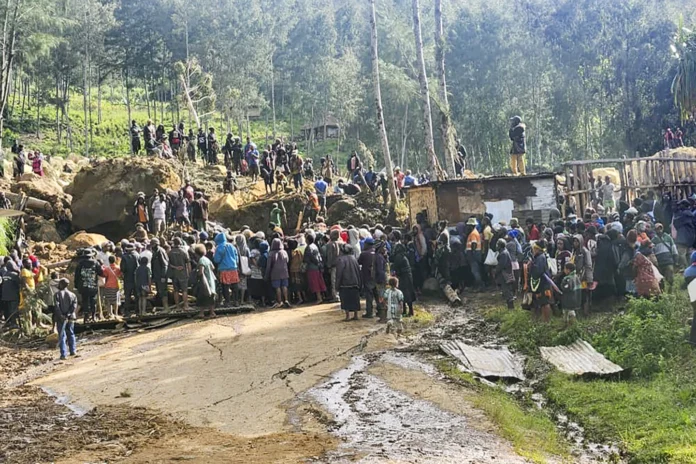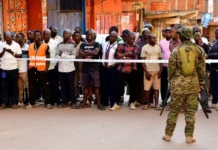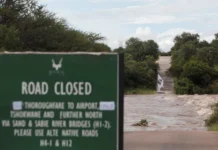A horrific tragedy is unfolding in Papua New Guinea, where a massive landslide is believed to have buried alive over 2,000 people in the remote village of Yambali.
The disaster struck early Friday morning, sending a mountainside crashing down upon the sleeping community.
The situation is dire. Yambali’s location in a volatile and isolated region, nestled deep within the mountainous interior of this impoverished nation, presents a nightmarish scenario for search and rescue efforts. Reaching survivors, if any, will be a complex and perilous undertaking.
Adding to the grim picture, casualty estimates remain tragically uncertain. The Papua New Guinea government has placed the number of missing at a staggering 2,000, a figure roughly three times higher than the initial estimate of 670 by the United Nations. So far, only a heartbreaking six bodies have been recovered.
A letter sent by Luseta Laso Mana, acting director of Papua New Guinea’s National Disaster Center, to the UN resident coordinator paints a harrowing picture. It details the landslide burying “more than 2,000 people alive” and causing “major destruction” in Yambali.

The vast discrepancy in casualty figures underscores the immense challenges faced in the immediate aftermath of the disaster. Determining the exact number of people affected remains a critical but daunting task.
The focus now lies on a desperate race against time to locate survivors amidst the wreckage. The harsh realities of the terrain and the precarious situation within the disaster zone make the coming days absolutely crucial. The world watches with heavy hearts, hoping for a miracle amidst the devastation.
The rescue effort faces another layer of complication. Survivors, understandably traumatized by the tragedy, are hesitant to allow heavy machinery to be used in the search for fear of disturbing the remains of their loved ones.
This comes after a donated excavator was driven away on Monday morning. While the reason remains unclear, it highlights the emotional struggle survivors face as they grapple with loss amidst the desperate search for potential survivors.
Military engineers with additional heavy equipment are on their way, expected to arrive at the disaster scene within the next two days.
Their arrival could significantly increase search capabilities, but navigating the sensitivities of the survivors will be crucial in ensuring a smooth and respectful operation.



















